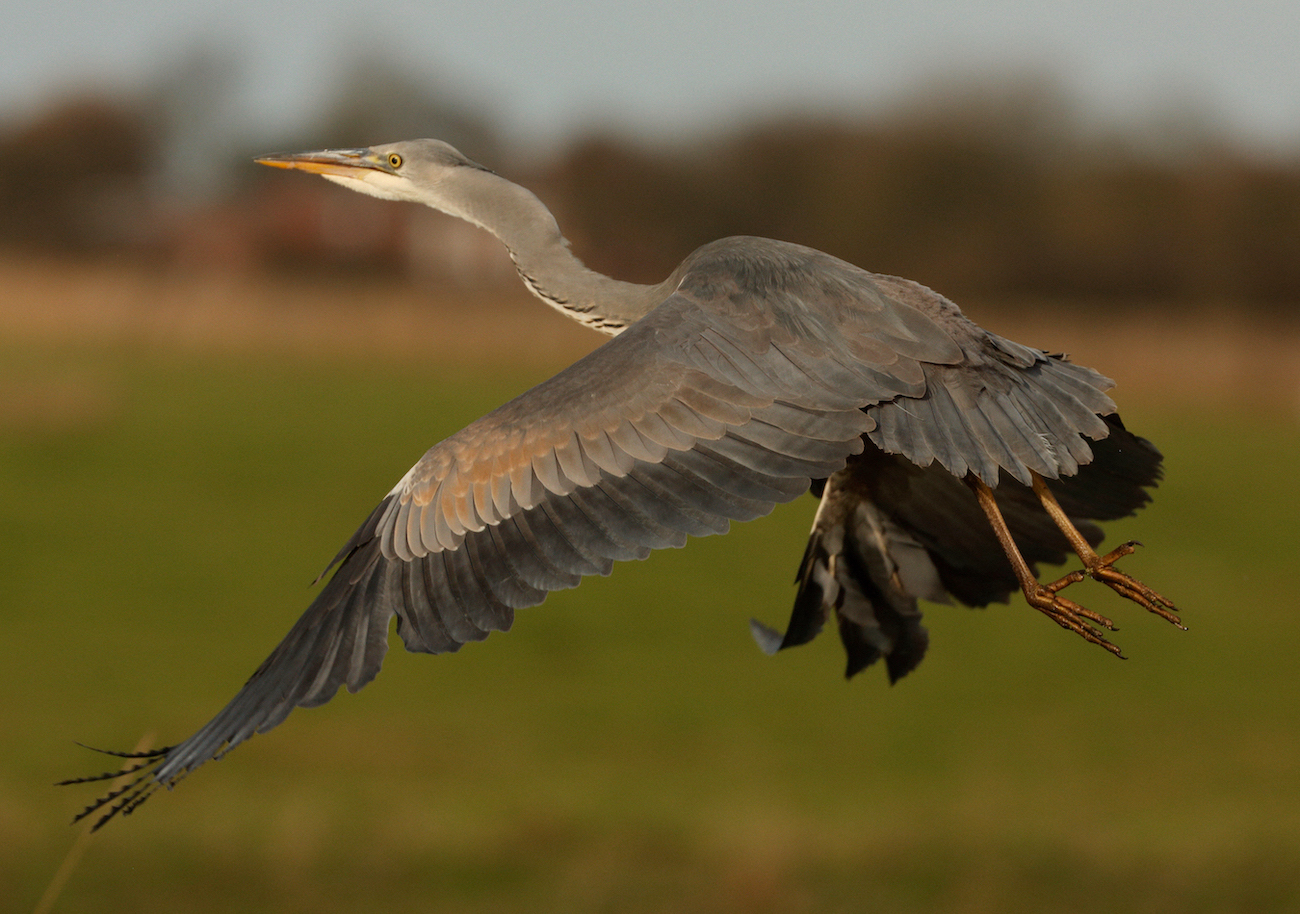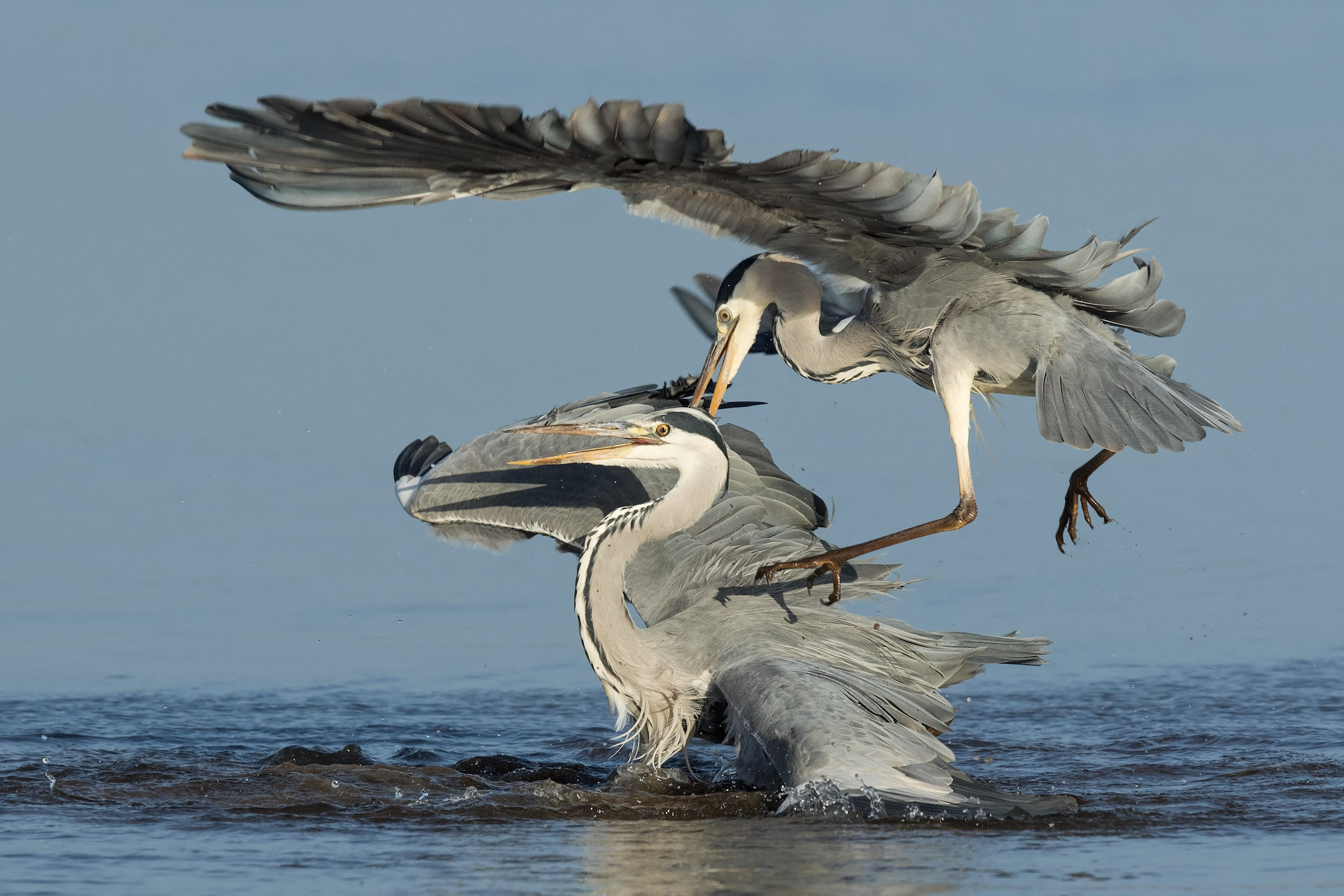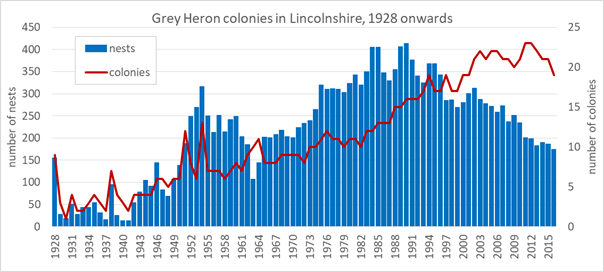Grey Heron Ardea cinerea


The BTO heronries census began in 1928 and is the longest running survey of any breeding bird in the world. The data for Lincolnshire are summarised in the chart below, courtesy of Barrie Wilkinson and the BTO. Coverage until after the Second World War was probably far from complete (except perhaps in 1928 itself) but the nest totals during the 1950s were generally in the 200-250 range. There was a dip in the 1960s, most pronounced after the severe winter of 1962/63, but subsequently a sustained rise began. This was probably facilitated in large part by milder winter weather but may also have been helped by lower persecution rates than earlier, improvements in water quality and the banning of persistent organochlorine pesticides. It should be noted that legal protection for Grey Herons was only introduced in 1954; prior to this date birds were shot to protect fish stocks and shooting in general was commonly reported as the cause of death in recovered birds (Mead et al 1979).
The peak count of nests just topped 400 in 1982-1989. However, a decline then set in which has continued to the present. This pattern has been mirrored in the wider trend, although for the UK as a whole the decline started later, around 2001. The cause of the decline is not known but it has been substantial, with the population now back at the level last recorded after the 1963 winter. Since the the mid-1990s there has been a steady decline and in 2019, only 168 nests were counted. There seems to be a trend towards more smaller Heronries and that may mean some smaller ones get missed by observers. No clear cause of the decline has been identified but adult mortality through persecution is a possibility as is reduced chick productivity caused by food shortages or the impact of poisons in the freshwater food chain. It should be noted that the decline has occurred across Englan, but has been especially pronounced in Lincolnshire, which is ironic as it is the chosen emblem of the Lincolnshire Bird Club.

Ringing data over the years has yielded some interesting data. The BTO on-line ringing data shows that the longevity record for Grey Heron is 23 years 9 months and 2 days. The oldest bird reported from Lincolnshire was a bird ringed as a nestling at Old Hagg Wood, Doddington on 5th May 1977. This bird was found dead at St. Ouen, Jersey (Channel Islands) on 18thJanuary 1997, aged 19 years 8 months and 13 days. Lincolnshire-ringed birds have been recovered abroad in France and Spain, while birds ringed abroad and recovered in the county have come from Belgium, Denmark, Sweden and the Netherlands.
Reference
Mead, C.J., North, P.M., and Watmough, B.R. (1979) The mortality of British Grey Herons. Bird Study 26:1,13-22, DOI: 10.1080/00063657909476611.
